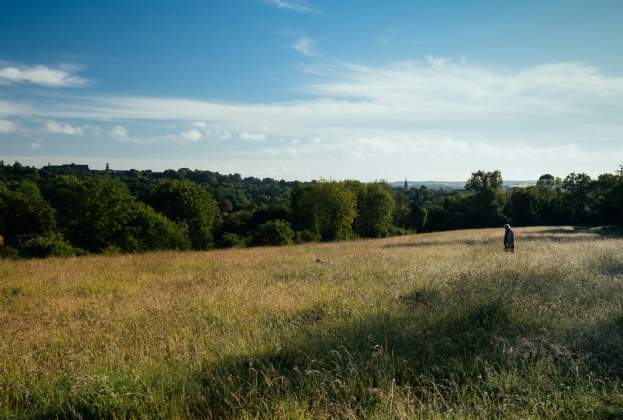Nobody would dispute that we have a housing crisis, but there’s far less agreement about where the solution lies. Last month, the Labour Party launched its green paper, ‘Housing for the Many’, which includes a commitment to building one million homes within 10 years, mostly for social rent.
The paper also commits to a shift back to higher rates of capital subsidy for building social housing. £4 billion each year of housing grant would be made available to councils and local authorities, which would in turn reduce the reliance on housing benefit.
What would that mean in reality? And how do these proposals relate to housing need?
At Savills research, our estimate is that an additional 100,000 new households each year can’t afford to access the housing market. This means that even if there were enough homes for these households to form, they couldn’t afford to pay rent or mortgage repayments at current house prices.
These 100,000 households need ‘genuinely affordable homes’, to quote Labour’s paper. By this, they mean housing that costs less to occupy than housing available on the market, which inevitably means housing with some form of subsidy.
That subsidy could be a one off capital grant to fund the building of homes to be let in perpetuity at a low rent. Or it could take the form of housing benefit to top up tenants’ rental payments to market or near-market levels.
Increasingly, since 2010, it has been housing benefit that has helped low income households pay their rent, in housing let from private landlords, housing associations and local authorities.
This includes helping people pay ‘affordable rent’, which is set at up to 80 per cent of local market rent levels. ‘Affordable rent’ is usually higher than social rent, so generates a higher income stream that underwrites a higher proportion of the build cost. As a result, building ‘affordable rent’ homes requires less capital subsidy than social rent. The catch-22 is that tenants need more help to meet the higher rents and so the housing benefit bill keeps rising.
So what are the choices if we are to meet housing need? If all 100,000 excluded households were to live in homes priced at market level rents, supported by housing benefit, it would add £849 million to the annual benefit bill. But if it were possible to build and accommodate them in social rented homes this would more than halve, down to £418 million.
By our calculations (See Investing to solve the housing crisis) it would cost £6.8 billion to build 100,000 social rented homes each year and, crucially, put them in the parts of the country where they are really needed, mostly London and the south.
That’s a saving of £431 million each year. At the current cost of 30 year government borrowing, that saving is worth £23 billion, far more than the £6.8 billion investment to support building the homes. On this basis, grant funding to build social rented homes makes real economic sense and could be considered a good investment.
So is Labour’s commitment to £4 billion capital funding enough?
Maybe not, but the green paper also makes commitments to secure more affordable housing from private developers through Section 106, an alternative form of capital subsidy. It additionally promises to end the ‘fire sale’ of public sector land. Providing public land at no cost to build affordable housing on would be another form of capital subsidy.
More detail on the balance between all these moving parts is needed before we can judge whether this policy will be the step change needed to begin solving the housing crisis.
Further information

.jpg)
.jpg)
.jpg)
.jpg)
.png)
.jpg)
.jpg)


